issues such as output offset, and drift?
There won't be any issues like that. The op-amp doesn't even know what zero volts is, so whether you powering it from ±2.5V, or -50V and -55V, that changes nothing.
Is it the difference between two voltages that must not be more than 6.5V?
Correct, as long as \$V_{DD} - V_{SS} \le 6.5V\$ you won't break anything, and as long as \$V_{DD} - V_{SS}\$ lies between 2.2V and 5.5V, the op-amp will perform as per specification.
Can Vss be les than 0V, say -5V as in my case? Or should Vss be 0V?
\$V_{SS}\$ can be anything you want, -1000V, or +1000000V as long as \$V_{DD} - V_{SS} \le 5.5V\$. It is not necessary for \$V_{SS}\$ to be 0V. Your value of \$V_{SS}=-5V\$ is fine. However, You must ensure that input potentials never fall outside the range \$V_{SS}-0.2...V_{DD}+0.3\$ (see page 4, "Common-mode Input Voltage Range"). Don't forget that your chosen point of "zero" volts is completely arbitrary anyway. You're the only one who cares what zero is, the op-amp (just like any component) only cares about the differences between voltages at its pins. You'd do well to give that some thought. When you "get it", it's one of the single greatest epiphanies a beginner can have.
The minimum supply voltage is 2.2V. Even if Vss is -4.3V, the device condition of Vdd-Vss=6.5V is satisfied right?
Yes, as long as \$V_{DD} - V_{SS}\$ lies between 2.2V and 5.5V, you're good. Even between 5.5V and 6.5V difference, your device won't necessarily work, but it won't be damaged (other conditions notwithstanding).


